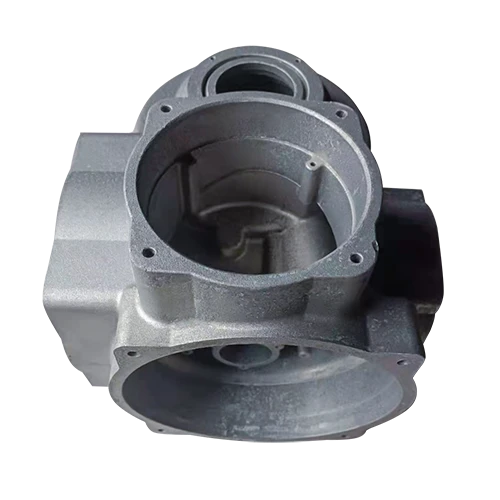Mobile:+86-311-808-126-83
Email:info@ydcastings.com
what is sand casting
What is Sand Casting?
Sand casting, also known as sand mold casting, is one of the oldest and most versatile casting methods used in metalworking. This process involves using sand as the primary mold-making material. Sand casting can accommodate a variety of metals, including aluminum, bronze, cast iron, and magnesium, making it a popular choice in industries ranging from automotive to aerospace. The simplicity of the technique, coupled with its ability to produce complex shapes, has ensured its continued relevance in modern manufacturing.
Basic Process of Sand Casting
The sand casting process begins with creating a mold. The mold is made by packing sand around a pattern, which is usually a replica of the desired part. The pattern can be made of various materials, such as wood, metal, or plastic. Once the sand is compacted around the pattern, it is removed to create a cavity that reflects the shape of the desired item.
The next step is to prepare the mold for pouring. This typically involves using two halves the cope (the upper half) and the drag (the lower half). The pattern is placed in the drag and sand is packed around it. After removing the pattern, the cope is then placed on top of the drag, and a gating system is created, which allows for the molten metal to flow into the cavity.
Once the mold is complete, metal is heated until it reaches a liquid state and poured into the mold cavity through the gating system. The molten metal occupies the shape of the cavity as it cools. Cooling times can vary depending on the material and the size of the casting. After the metal has solidified, the mold halves are separated, and the casting is removed, which may require some finishing to achieve the desired surface quality.
Advantages of Sand Casting
There are several reasons why sand casting remains a popular technique in manufacturing
1. Cost-Effective The materials required for sand casting are relatively inexpensive, which makes it economical for producing large quantities of components. 2. Versatility Sand casting can accommodate a wide range of metals and alloys, allowing manufacturers to choose the best material for their specific needs.
3. Complex Shapes The process can produce intricate designs and complex geometries that may be difficult, if not impossible, to achieve through other methods.
what is sand casting

5. Speed of Production The simplicity of the mold-making process allows for relatively quick turnaround times, making it suitable for both prototyping and mass production.
Disadvantages of Sand Casting
Despite its numerous advantages, sand casting does have its drawbacks
1. Surface Finish Sand castings often require additional machining or finishing processes to achieve a smooth surface, which can increase production costs and times.
2. Dimensional Tolerances The process may not achieve the same level of precision as other casting methods, such as die casting, which can limit its use in applications requiring tight tolerances.
3. Labor Intensive The manual nature of some aspects of sand casting can lead to a higher reliance on skilled labor, which may pose challenges in terms of labor costs and availability.
Conclusion
Sand casting is a time-honored technique that continues to play an essential role in the manufacturing industry. Its ability to produce complex shapes at a relatively low cost, combined with its adaptability to various metals, ensures that it remains a go-to method for both prototype and mass production. While it has some limitations, advancements in technology and techniques are helping to mitigate these challenges. As industries evolve, sand casting will undoubtedly adapt and continue to thrive, showcasing its significance in the world of metal fabrication.
-
Why Should You Invest in Superior Pump Castings for Your Equipment?NewsJun.09,2025
-
Unlock Performance Potential with Stainless Impellers and Aluminum End CapsNewsJun.09,2025
-
Revolutionize Your Machinery with Superior Cast Iron and Aluminum ComponentsNewsJun.09,2025
-
Revolutionize Fluid Dynamics with Premium Pump ComponentsNewsJun.09,2025
-
Optimizing Industrial Systems with Essential Valve ComponentsNewsJun.09,2025
-
Elevate Grid Efficiency with High-Precision Power CastingsNewsJun.09,2025











